コラム
落合憲弘
John Sypal
タカザワケンジ
なぎら健壱

This month’s recommended book is Shuhei Motoyama's "Nippon 2010-2020", an exceptionally beautiful collection of photographs of Japan published by Sokyu-sha in Tokyo.
Published in 2021, as the title explains, it compiles a decade’s worth of photographs into one finely printed volume. It follows his previous book, “Nippon 2001-2010”.
Over these two decades Motoyama has photographed across one end of the archipelago to the other but to me what sets his work apart from so many others who have made Japan their subject is the consistent sense of distance in his pictures.
At first glance, there is an unaffected calmness to them. Everything is just barely out of reach. While countless “better photo” guides implore one to get closer, Motoyama takes a wider, longer view. I have a hunch that he knows enough to trust what his camera will bring to his explorations. The distance felt in his work isn’t “cold” or dry- In stepping back he’s able to see more.
I feel that his use of space denies the usual, agreed-upon idea of what Japan traditionally looks like- or rather, how it “ought” to be shown. What I mean is, while there are obvious “Japanese” elements in his images- signage, architecture, temples, Shinto tori gates, etc. his pictures are never simply about those cultural elements- elements which are usually employed (close up) to illustrate an idea of Japan.
If a shrine lantern or castle rampart appears in his pictures, it exists as part of the fabric of the landscape, possessing equal value to a vending machine or traffic sign next to it. The main subject matter of his pictures are not venerated (oft-photographed) Japanese Things, but rather, open, particular environments, in particular moments.
While humans play roles in his images I wouldn’t say that any who appear in his pictures could really be considered the subjects, either. They're closer to the inhabitants of old scrolls or ink paintings- figures which offer a sense of scale and life to an image. Each is obviously someone but they're no-one and everyone at the same time, across time.
Another correlation to his visual consistency is Motoyama's technical approach to the medium. As far as I know, for his Nippon series he only used a medium format Mamiya 7 with a 65mm lens and Kodak Tri-X black and white film.
Such austere simplification of equipment allows a photographer to free themselves from the “how” of photography and focus their time and energy into the “what”. Simplicity in tools allows one to pursue a steadier, deeper exploration of their craft.
Motoyama's exploration of photography and his home country has resulted in photographs full of visual rewards to those who take time to look.
“Looking” at a picture is the first step- but it’s a good photograph that keeps you around long enough to start *seeing*. In Motoyama’s often quiet photographs, there is plenty to see.
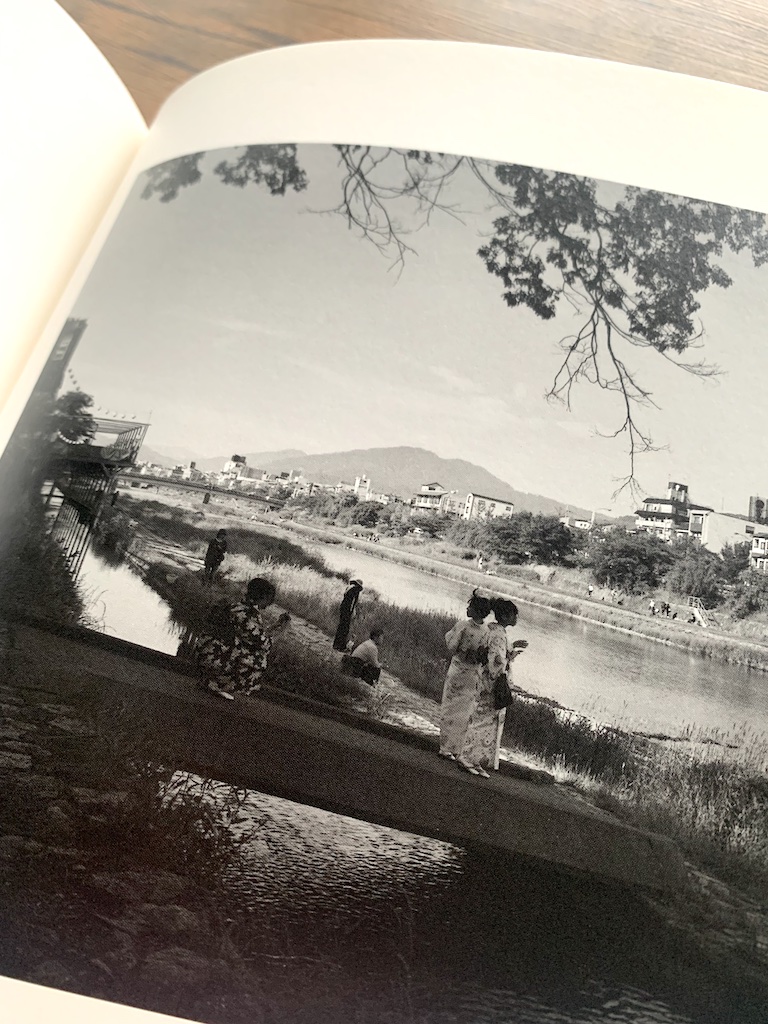
今月のおすすめ写真集は、個人的にも気に入っている写真集、2021年に蒼穹舎から出版された本山周平さんの『日本・NIPPON 2010-2020』です。タイトル通り、10年間撮った写真を1冊の立派な印刷物にまとめました。前作『日本・NIPPON 2001-2010』(蒼穹舎)から続くものでもあります。
本山さんは20年以上にわたって列島の端から端まで撮影してきましたが、日本を被写体とする多くの写真家たちと違うのは、彼の写真には一貫した距離感があることでしょう。

写真には、落ち着きがあります。すべてギリギリ手が届かないような気持ちになるのです。これはいいことです。本山さんの作品に感じられる「距離」は、「クール」な「冷たい」ものでも「乾いた」ものでもなく、一歩下がることで、より多くのものを見ることができるということです。彼は、カメラが何をもたらしてくれるのかを十分に理解しているのだと思います。
彼の「空間」の使い方は、日本というものは伝統的にどのように見えるか、いや、どのように見せるべきかという、ステレオタイプ的な、通常の合意された考えを否定していると感じています。
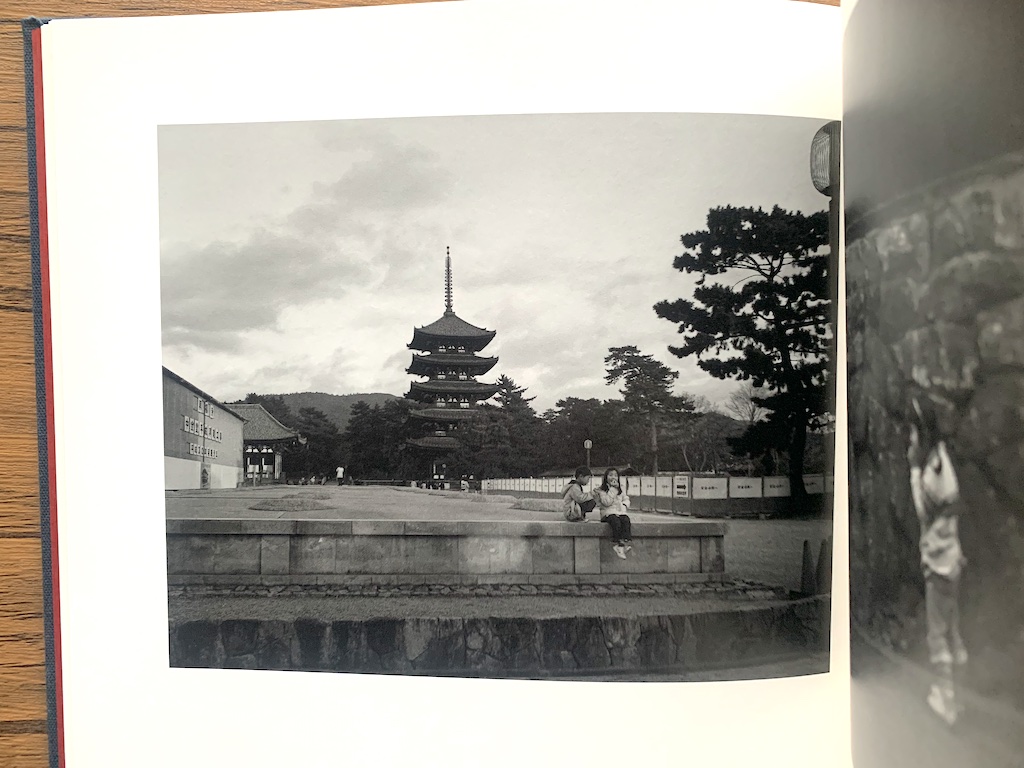
日本語が書かれている看板やいかにも日本らしい建築物、寺院、鳥居など、彼のイメージには明らかに「日本的」な要素が含まれているのですが、彼の写真は、決してそれらの文化的要素、つまり日本のアイデアを説明するために通常使われる(クローズアップされる)要素だけを取り上げているわけではありません。
彼の写真に灯籠や城壁が登場する場合、それは風景の一部として存在し、隣にある自動販売機や交通標識と同等の価値をもつものとなっているのです。彼の写真の主題は、よく写真に撮られるような崇拝されるジャパニーズ的モノゴトではなく、むしろ、開かれた特定の環境、特定の瞬間です。

本山さんの作品には人間が登場しますが、登場する人物は、被写体と呼べるようなものではありません。彼らは、古い巻物や水墨画の住人のごとく、イメージにスケール感や生命力を与える人物です。それぞれが誰かであることは明らかですが、時間を超えて、誰でもなく、同時に誰でもあるのです。

本山さんの視覚的な一貫性ともうひとつ相関するのは、本山さんの媒体に対する技術的なアプローチです。私の知る限り、本山さんは「日本・NIPPON」シリーズで、中判のマミヤ7と65mmレンズ、コダック・トライXの白黒フィルムしか使っていませんでした。
このように機材を極限までシンプルにすることで、写真家は写真の「方法」から解放され、「何」に対してのみ時間とエネルギーを集中させることができるのです。道具をシンプルにすることで、より安定した、より深い探求ができるのです。
本山さんによる写真と日本への探求は、時間をかけて見る人に対して視覚的な喜びと発見を与えています。
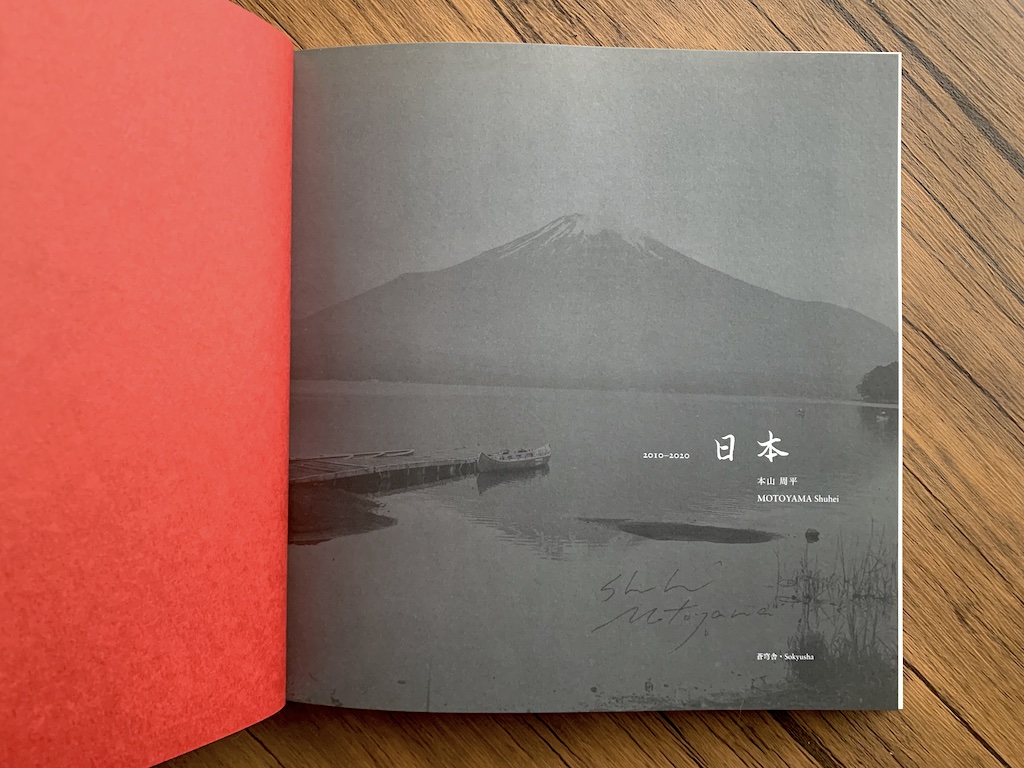
- Shuhei Motoyama "NIPPON 2010-2020"
- 本山周平『日本・NIPPON 2010-2022』
- 蒼穹舎・2021年
- 242×230 mm、112頁、掲載作品94点、ハードカバー、エディション500
- https://www.shashasha.co/en/book/nippon-2010-2020
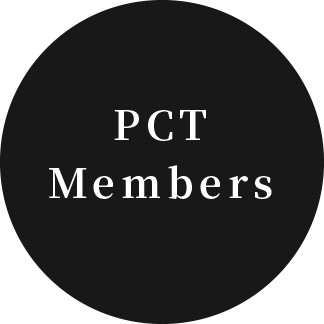
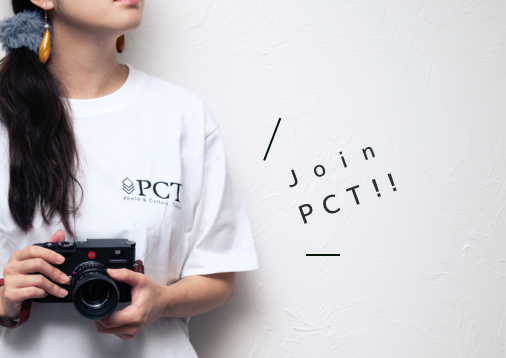
PCT Membersは、Photo & Culture, Tokyoのウェブ会員制度です。
ご登録いただくと、最新の記事更新情報・ニュースをメールマガジンでお届け、また会員限定の読者プレゼントなども実施します。
今後はさらにサービスの拡充をはかり、より魅力的でお得な内容をご提供していく予定です。
 「Photo & Culture, Tokyo」最新の更新情報や、ニュースなどをお届けメールマガジンのお届け
「Photo & Culture, Tokyo」最新の更新情報や、ニュースなどをお届けメールマガジンのお届け 書籍、写真グッズなど会員限定の読者プレゼントを実施会員限定プレゼント
書籍、写真グッズなど会員限定の読者プレゼントを実施会員限定プレゼント